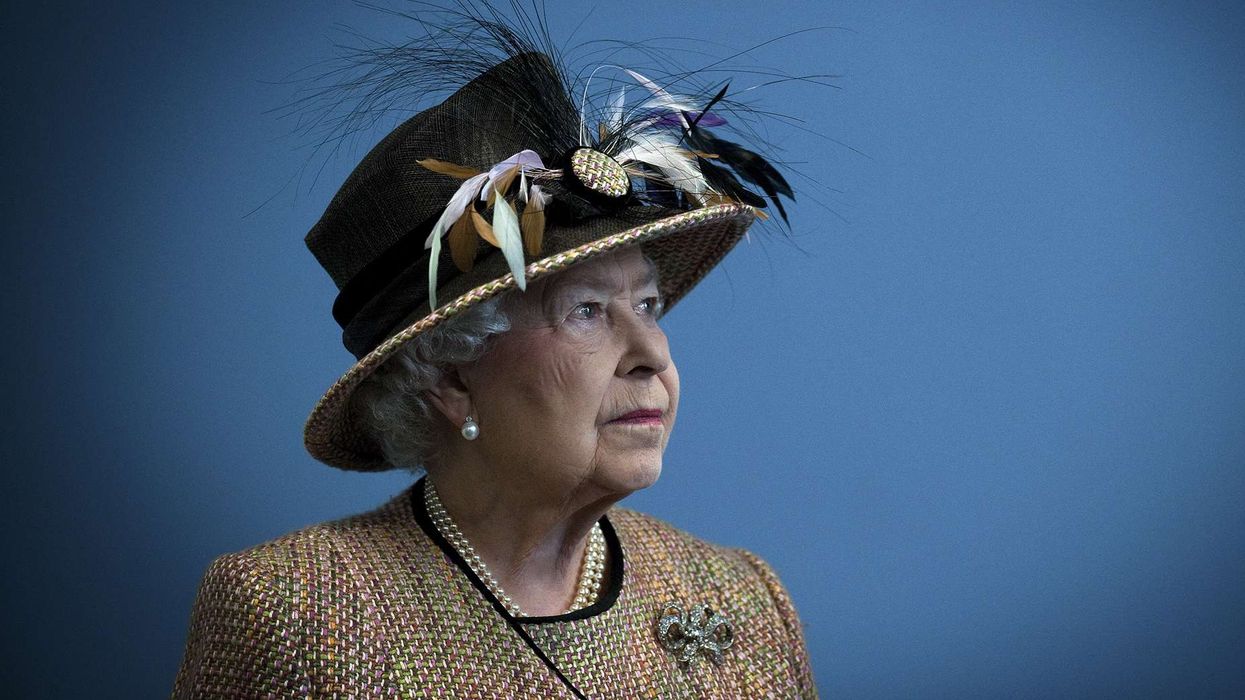Highlights:
- New Elizabeth Taylor Chocolate Martini debuts at Tryst Puerto Vallarta.
- £0.80 ($1) from each sale goes to The Elizabeth Taylor AIDS Foundation (ETAF).
- Inspired by a drink created by Elizabeth Taylor and Rock Hudson during the filming of Giant in 1955.
- Part of a wider Tryst Hospitality initiative across multiple venues to honour Taylor’s legacy in the fight against HIV/AIDS.
Tryst Hospitality has introduced The Elizabeth Taylor Chocolate Martini at select venues, including Tryst Puerto Vallarta, with proceeds supporting The Elizabeth Taylor AIDS Foundation’s (ETAF) mission to achieve an AIDS-free world. This indulgent cocktail, inspired by a drink Elizabeth Taylor and Rock Hudson created in 1955 while filming Giant, is the latest step in Tryst’s long-standing partnership with ETAF, continuing Taylor’s enduring advocacy for HIV/AIDS awareness and fundraising.
A cocktail with Hollywood history
The Elizabeth Taylor Chocolate Martini blends Tito’s Vodka, Kahlua, and chocolate syrup, shaken over ice and served straight up. Its creation pays homage to Taylor’s iconic Hollywood career and her friendship with Rock Hudson, forged during the making of Giant.
Partnership with The Elizabeth Taylor AIDS Foundation
In collaboration with ETAF, £0.80 ($1) from each martini sold will go towards the charity’s global mission. The Abbey Food & Bar in West Hollywood — a venue Taylor herself visited — has been central to Tryst Hospitality’s relationship with ETAF, hosting events such as The Abbey’s World AIDS Day Tree Lighting.
Expansion across venues
Tryst Hospitality will now extend this fundraising initiative to:
- The Abbey and The Chapel at The Abbey (West Hollywood)
- The Tryst Puerto Vallarta
- The Tryst Fire Island (opening 2026)
- The Tryst San Juan (under renovation)
- Circo San Juan (opening Autumn 2025)
- The Blue Whale and Pavilion (Fire Island Pines)
Each venue will make a guaranteed annual donation to ETAF, regardless of cocktail sales, with matching contributions from featured spirit brands encouraged.
Honouring a legacy
“This cocktail is more than just a toast, it’s a tribute,” said Tristan Schukraft, Founder of Tryst Hospitality. “Elizabeth Taylor talked about AIDS publicly before anyone else would… This is our way of honouring her legacy and continuing the fight to end HIV in America.”
Cathy Brown, Executive Director of ETAF, added: “Elizabeth believed in using every platform to raise awareness and funds for the fight against HIV. This initiative brings her spirit into spaces where community thrives.”
The Elizabeth Taylor Chocolate Martini is now available at participating venues. For more information about ETAF’s work, visit www.etaf.org.







 Prior planning for most needed thingsiStock
Prior planning for most needed thingsiStock Don't be afraid to ask for money instead of gifts for your big dayiStock
Don't be afraid to ask for money instead of gifts for your big dayiStock Don’t forget to enjoy the big dayiStock
Don’t forget to enjoy the big dayiStock






